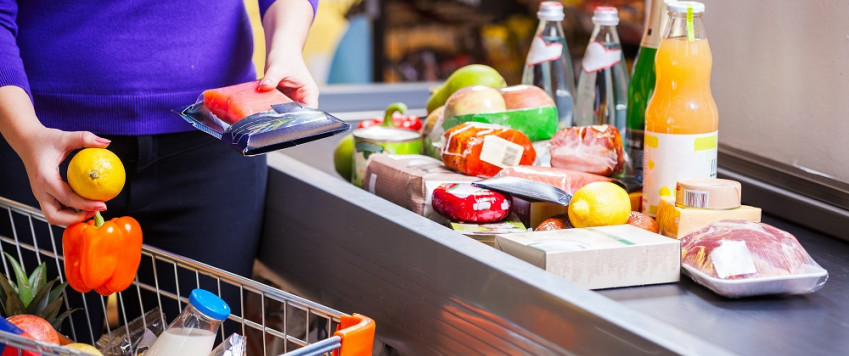The steepest inflation jump is in the past

In February, annual inflation continued to rise with consumer prices increasing by 3.3% year-on-year. However, the price increases on the global commodity markets in early 2017 were considerably smaller than in the second half of 2016. Consequently, our preliminary assessment of inflation remains unchanged: inflation will stay close to 3% throughout 2017.
February saw stable fuel prices: the average price of 95 octane petrol was 1.17 –1.18 euro per litre. There is no reason for expecting a considerable fuel price rise in March. In February, oil price, expressed in US dollars, posted only a minor pick-up, partly offset by the depreciation of the US dollar vis-à-vis the euro.
However, the price of natural gas and, consequently, also that of heating will continue to move up reflecting the dynamics of oil product prices with a lag of approximately nine months. For example, in February the tariffs of JSC "Rīgas siltums" were the same as in February a year ago. Beginning with March, however, the heating tariffs will be higher year-on-year in each respective month this year.
As regards food, there were no new flashes of lightning in February, but we will still be hearing thunderbolts for several months ahead. The price rises of dairy products in the world were much more moderate at the beginning of 2017 than in the second half of 2016. Likewise, the milk farm-gate price in Latvia rose merely by some tenths of a cent in January, reaching 31 cents per litre. In contrast, during the four previous months, the milk farm-gate price grew by several cents each month.
At the beginning of 2017, the global meat prices were even slightly lower than in the second half of 2016. Similar dynamics was also observed with respect to the average farm-gate meat price in Latvia.
In my opinion, prices of cereals in the global market cause more concern: in early 2017 they started to move up despite the fact that each month the UN Food and Agriculture Organisation keeps increasing the already record high assessment of the 2016/17 harvest. The question is: what will happen if the harvest assessment has to be revised downwards?
At this stage, there is no reason for expecting a substantial domestic demand pressure on inflation. In February, inflation expectations stabilised, prices on non-administered services which should reflect the impact of the domestic demand, posted only a moderate rise. Unemployment has been close to its natural level already for four years, reflecting the labour market equilibrium. Although higher demand for labour is expected in construction due to an increase in the EU funds absorption, it will largely offset the lay-offs seen in this sector over the last two years and therefore is unlikely to cause massive labour shortages.
Vēlos informēt, ka tekstā:
«… …»
Jūsu interneta pārlūkā saglabāsies tā pati lapa






